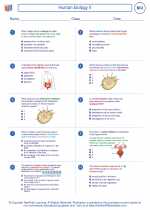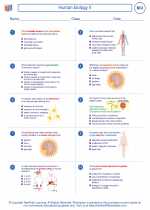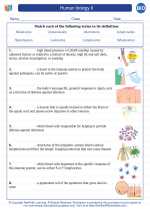Silicates
Silicates are a group of minerals that are the most abundant minerals in the Earth's crust. They are composed of silicon and oxygen, and often form the building blocks of rocks and minerals. Silicates are an important topic in the study of geology and earth science.
Chemical Composition
Silicates are composed of silicon and oxygen, and may also contain other elements such as aluminum, iron, magnesium, and calcium. The basic building block of silicate minerals is the silica tetrahedron, which consists of one silicon atom bonded to four oxygen atoms in a tetrahedral arrangement.
Types of Silicate Minerals
Silicate minerals are classified into several groups based on their chemical structure and arrangement of silica tetrahedra. The main groups of silicate minerals include:
- Framework silicates: These minerals have a three-dimensional framework of silica tetrahedra, such as quartz and feldspar.
- Sheet silicates: These minerals have a sheet-like structure of interconnected silica tetrahedra, such as micas and clays.
- Chain silicates: These minerals have a chain-like structure of linked silica tetrahedra, such as pyroxenes and amphiboles.
- Single tetrahedra: These minerals consist of isolated silica tetrahedra, such as olivine.
Importance of Silicates
Silicate minerals are important for a variety of reasons:
- They are the primary components of most igneous rocks, which make up a significant portion of the Earth's crust.
- They play a key role in the formation of soil and are important for plant growth and agriculture.
- Some silicate minerals, such as asbestos, have industrial uses, while others, like quartz, are valued as gemstones.
Study Guide
To study silicates effectively, consider the following:
- Understand the chemical composition of silicate minerals, including the structure of the silica tetrahedron.
- Learn to identify common silicate minerals in each of the main groups (framework, sheet, chain, and single tetrahedra).
- Explore the geological processes that lead to the formation of silicate minerals, and the conditions under which they are stable.
- Examine the economic and industrial significance of silicate minerals, as well as their roles in the environment and human health.
By mastering the properties and importance of silicates, you will gain a deeper understanding of the Earth's composition and the processes that shape our planet.
[Silicates] Related Worksheets and Study Guides:
.◂Biology Worksheets and Study Guides High School. Human biology II

 Worksheet/Answer key
Worksheet/Answer key
 Worksheet/Answer key
Worksheet/Answer key
 Vocabulary/Answer key
Vocabulary/Answer key
 Vocabulary/Answer key
Vocabulary/Answer key
 Vocabulary/Answer key
Vocabulary/Answer key
 Vocabulary/Answer key
Vocabulary/Answer key
 Vocabulary/Answer key
Vocabulary/Answer key
 Vocabulary/Answer key
Vocabulary/Answer key
 Vocabulary/Answer key
Vocabulary/Answer key
